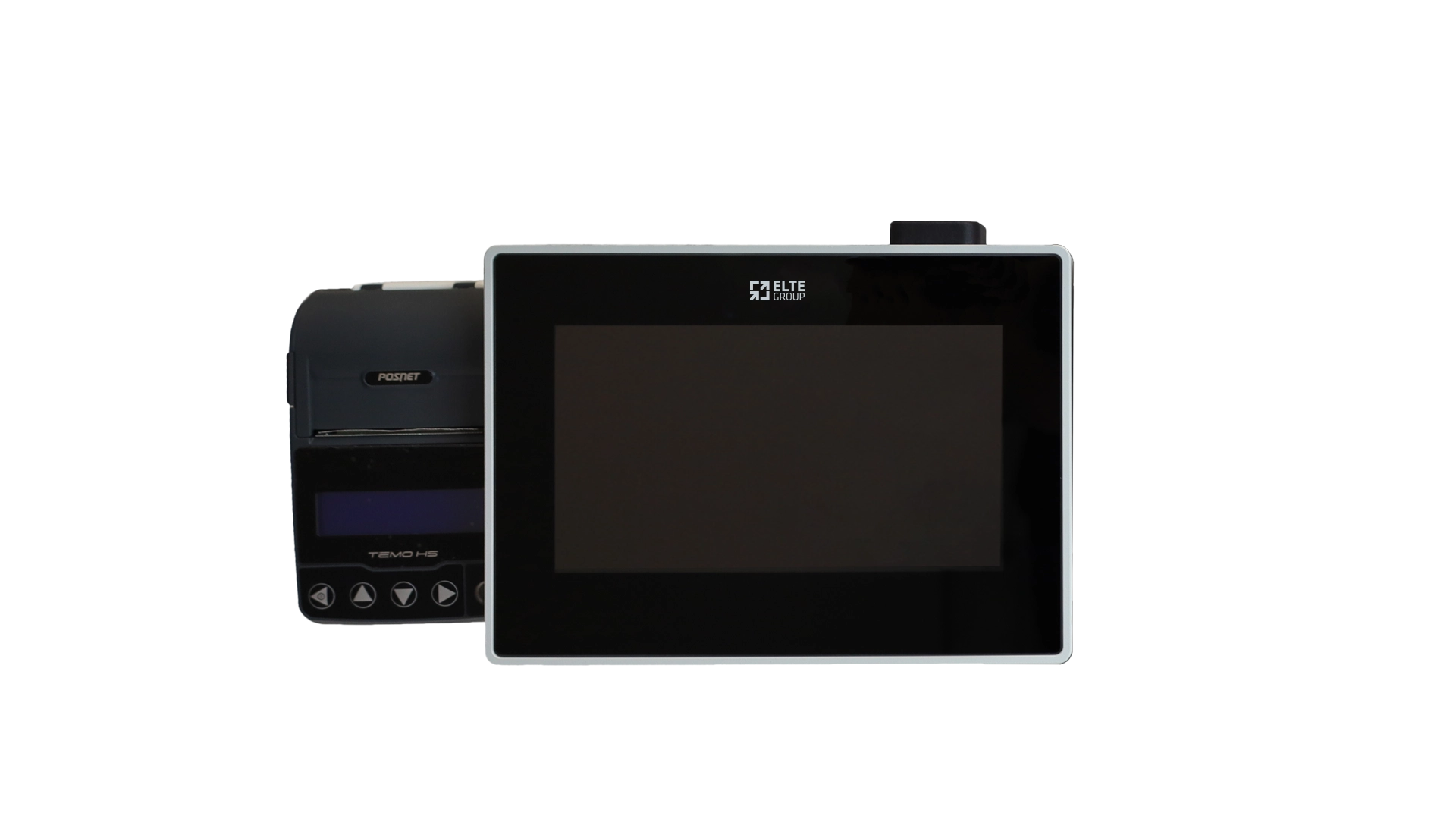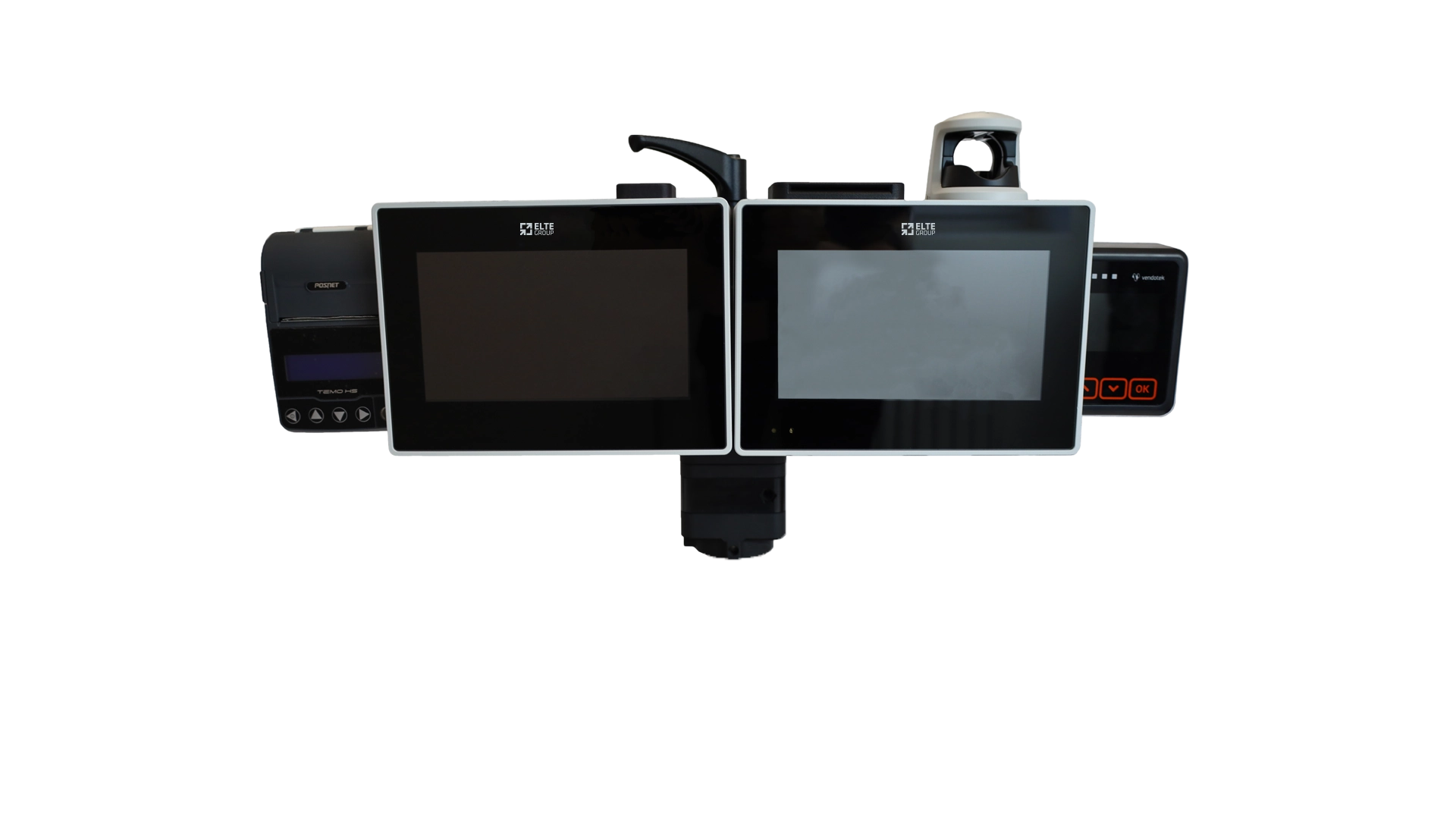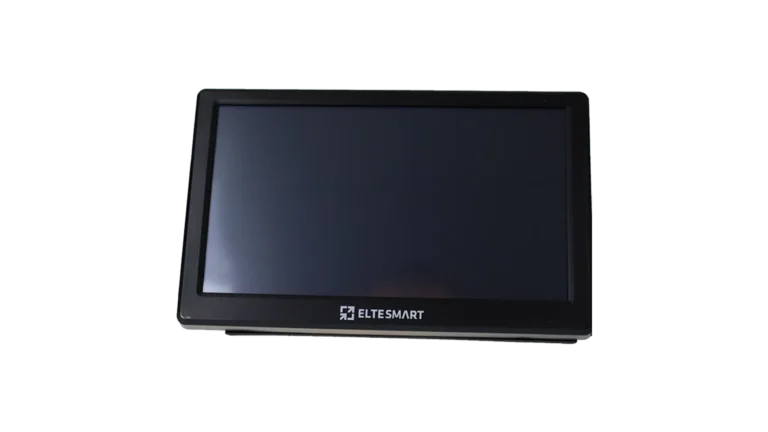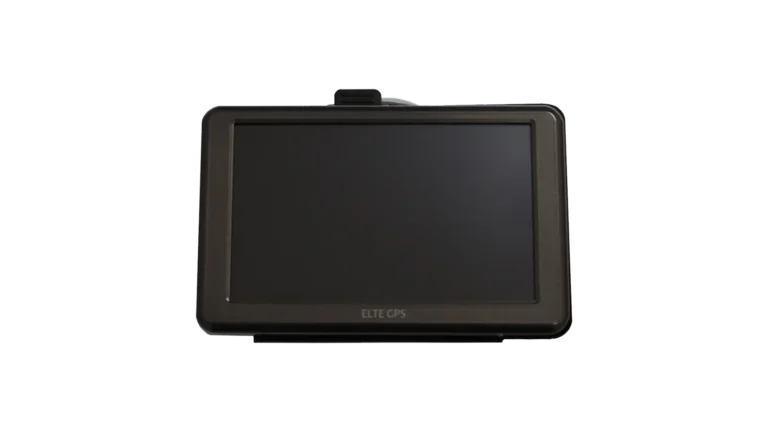Driver module
– selection and overview of the scheduling task by selecting course, brigade, line,
– the possibility for the driver to control the punctuality of the vehicle with respect to the valid timetable,
– display of information about the current status of the timetable, possible delays with respect to the timetable, as well as about the next stops, with the function of counting down the time left to the departure from the next stop,
– possibility to print a paper ticket,
– option for the driver to log in via biometrics (working time register).
Passenger module
User verification and identification, reading ticket validity information by means of:
– a biometric system (contactless finger reading), providing a secure and unique means of user verification,
– RFID reader, allowing verification by placing a smartphone/tablet or card against a QR code reader,
Ticket purchase:
– option to purchase a ticket (with receipt printout) using cash, payment card, purse funds,
– verification of ticket validity and period of validity,
– the option of travelling on a distance-based fare (CICO) using beacons. Beacons communicate directly with the user’s smartphone, tablet or smartwatch using Bluetooth technology. By ‘bouncing’ the phone or watch each time the passenger enters and exits the means of transport, the passenger pays for the distance travelled, rather than the time they spend in the vehicle.





